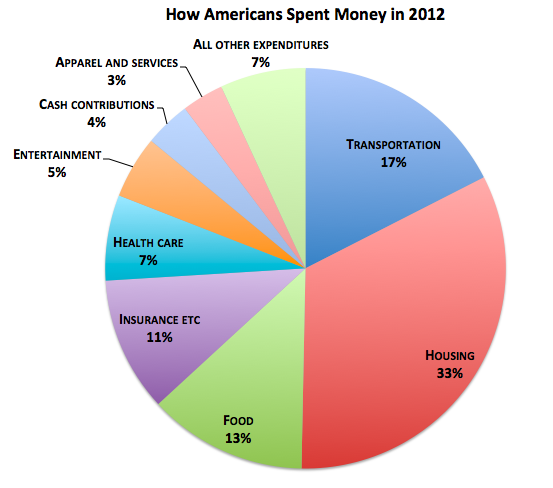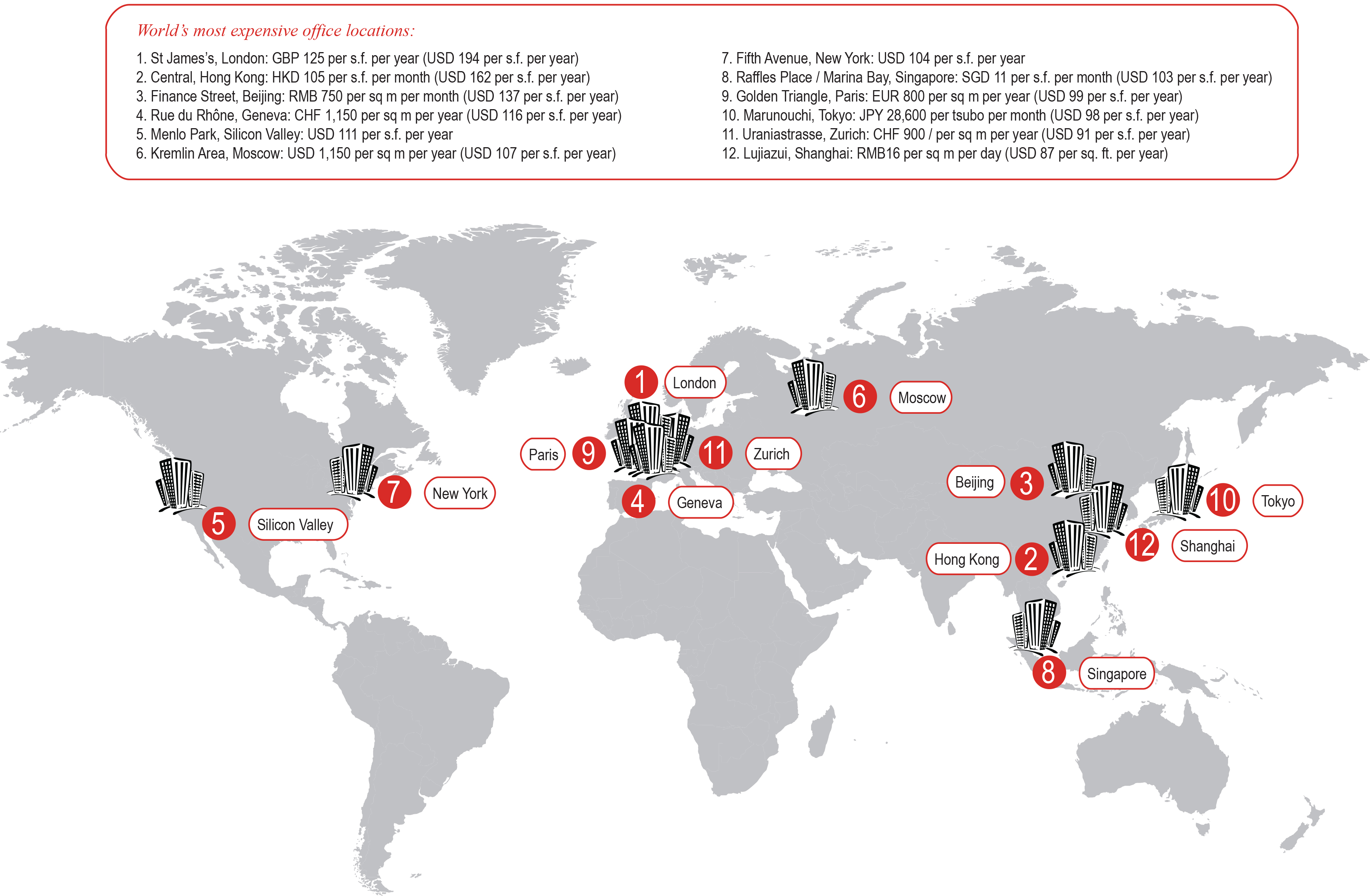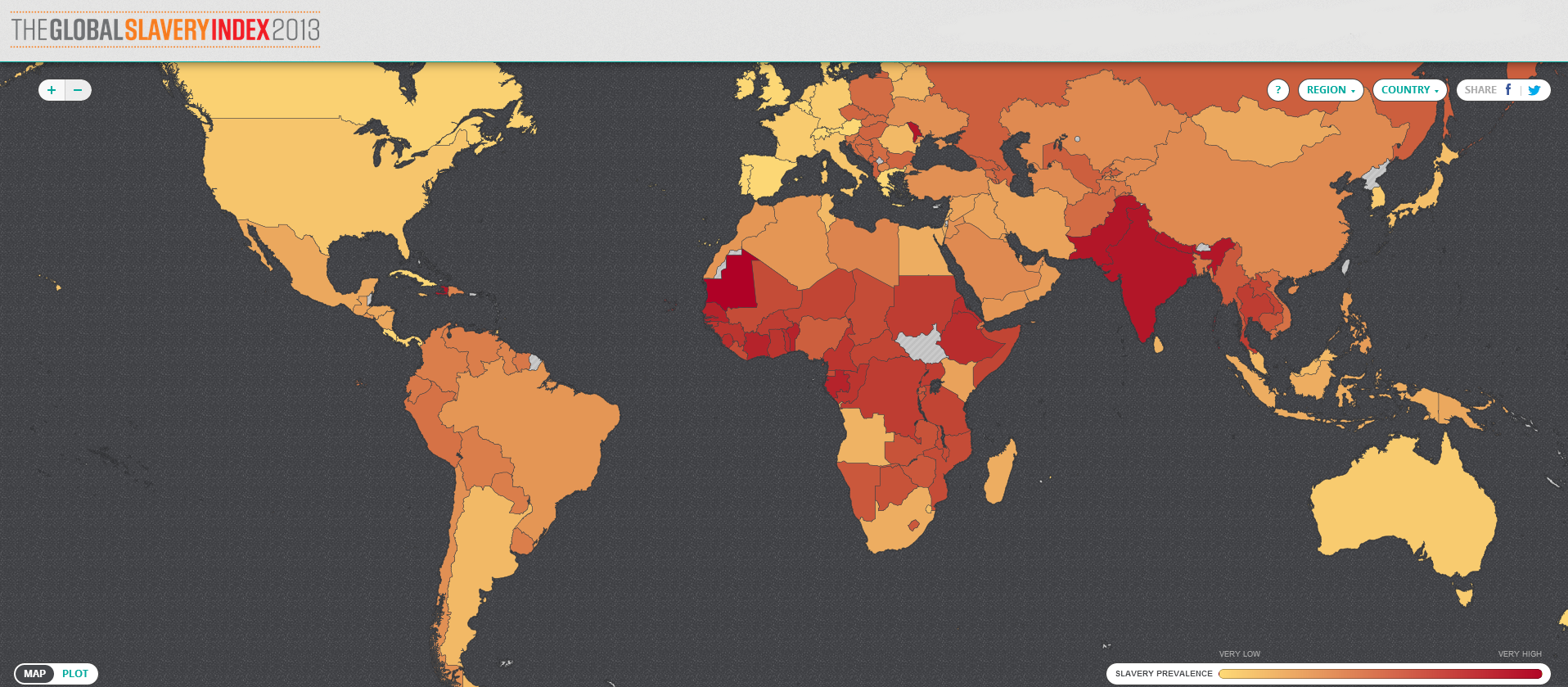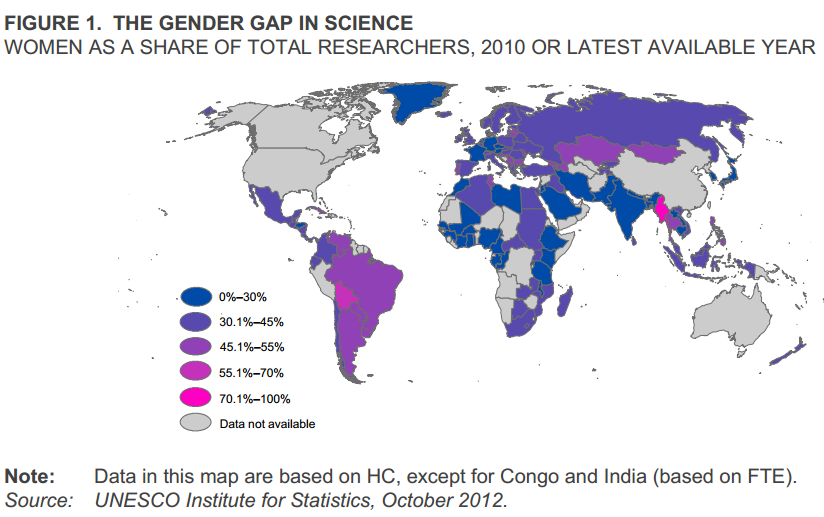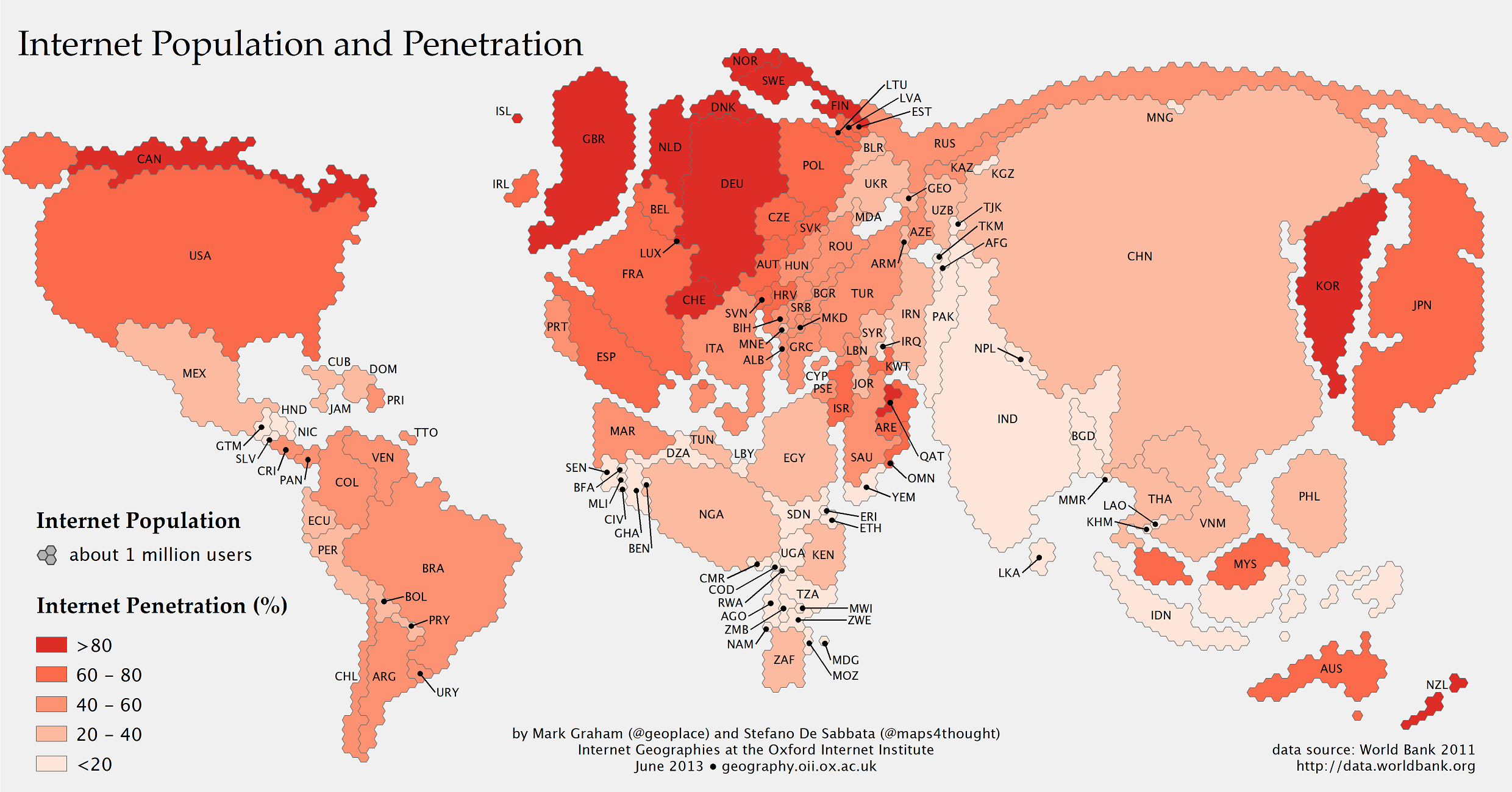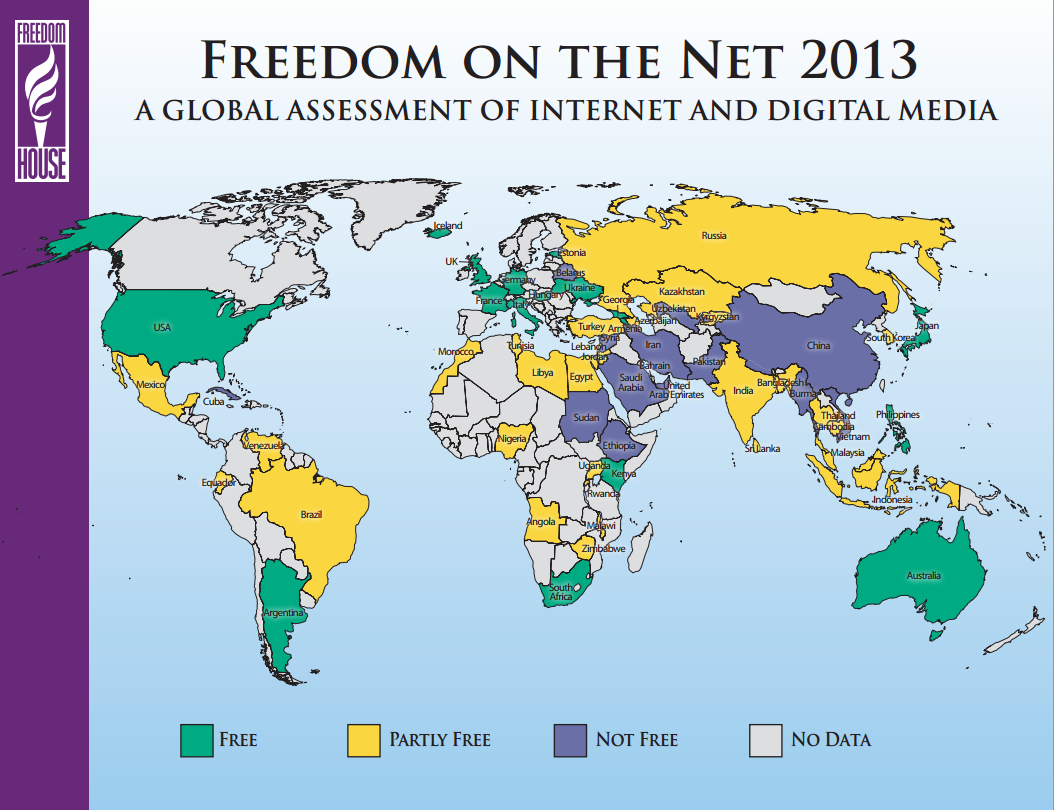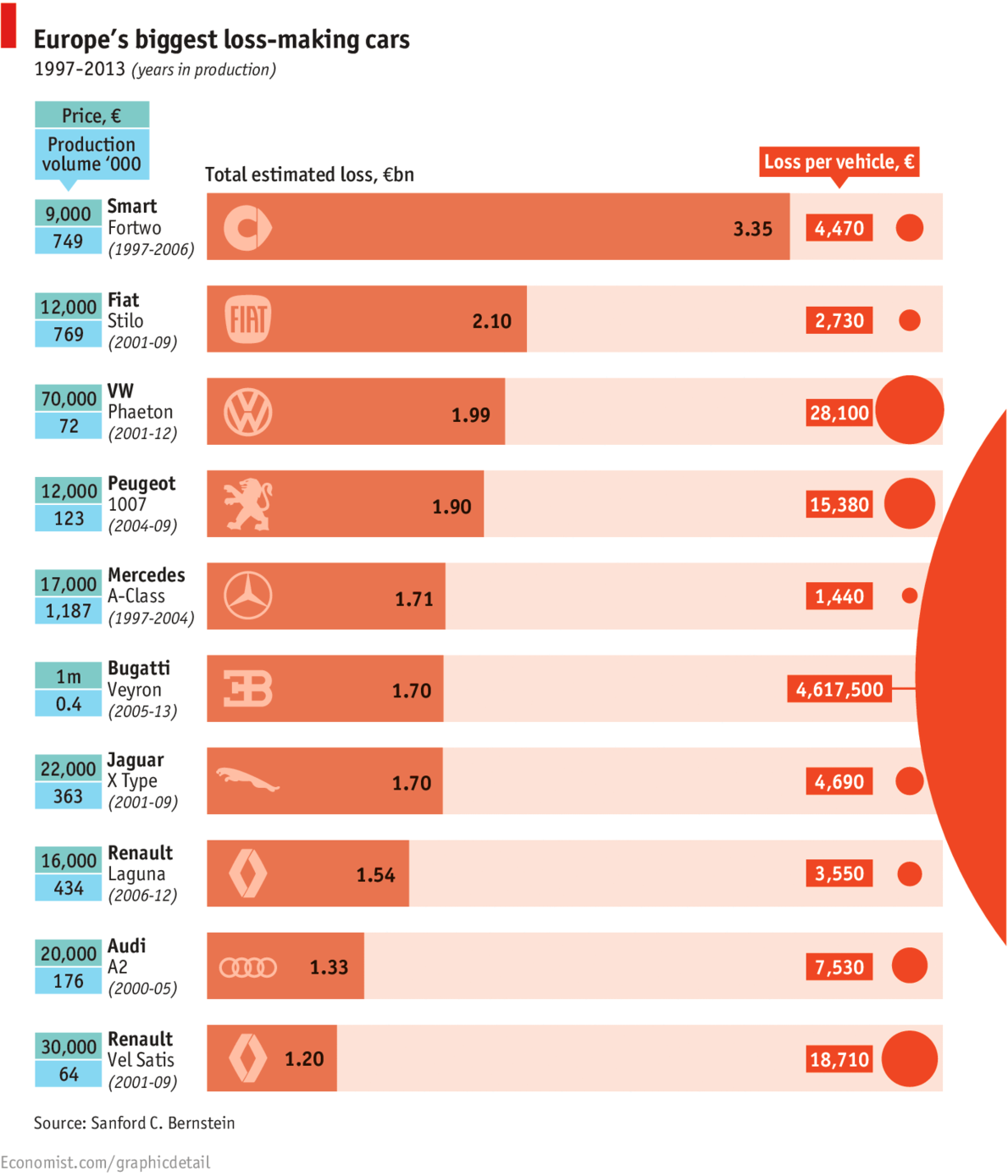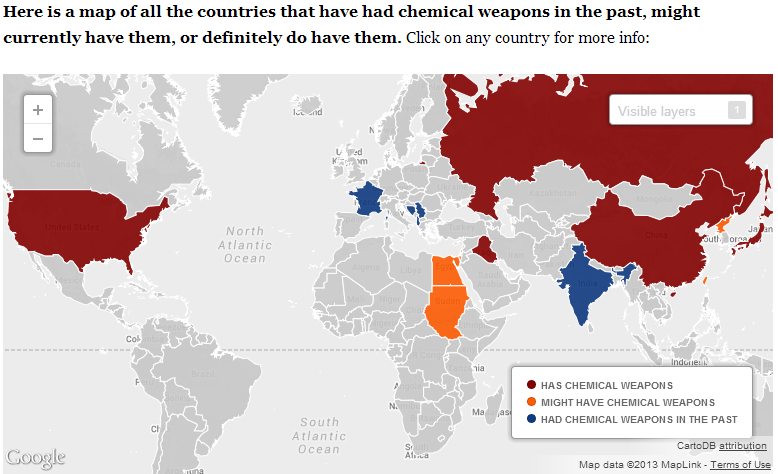Housing, food, transportation, and clothing account for an estimated 66% of income spent for an average American household in 2012.
According to The Atlantic, housing, food and clothing account for more than 60% of expenses for the poor. Basically, most of their income is spent is covering basic needs and not much, or none, is left for savings. The rich, by contrast, have a larger margin that can be spent in entertainment, insurance, and savings.
Source: The Atlantic: Where Americans—Rich and Poor—Spent Every Dollar in 2012
